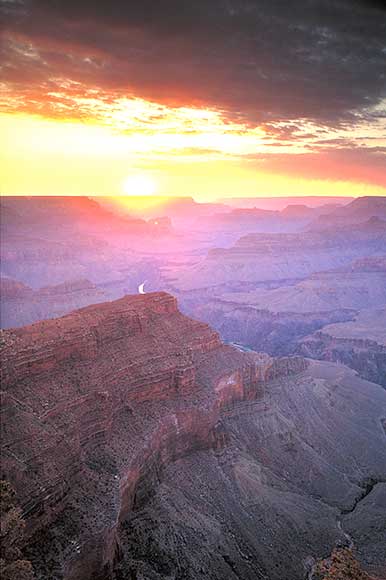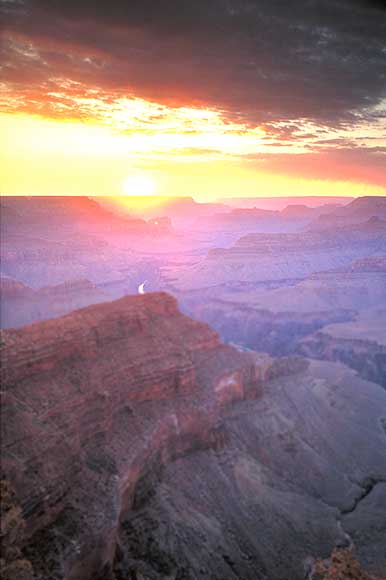You are here: Nature Science Photography – Visual acuity – Image sharpness III
The sharpening methods outlined in this section cannot magically enhance an image lacking sharpness to 100%. We cannot add anything that wasn’t present when we took the image. We can’t change that, even in the digital age, if we want to get by without tricks. Nevertheless, we can create the illusion of greater sharpness by increasing edge sharpness (that second important factor in our perception of sharpness) with a few measures. This highlights the objects and their edges, enhancing our perception of sharpness in the image.
Before we look at how we can improve the edge sharpness of an already finished image, let’s first focus on those possibilities with which we can positively influence it or the overall sharpness impression of an image before shooting. First and foremost, an image must have many well-defined edges to create a powerful impression of sharpness. This refers to the choice of subject as well as to the technical side of image composition.
Technically, we can support the requirement for many well-defined edges and boundary surfaces by enlarging the area in focus. So put the camera on a tripod and stop down wide to achieve maximum depth of field. This is important because if the edges in the foreground are not sharp, the whole image will appear slightly out of focus unless a prominent subject stands out sharply in another plane. Fast lenses are counterproductive in this respect. The f/1.4 24 mm lens, which could potentially save a photojournalist’s day, often tempts them to capture critical images handheld at an open aperture. Later, you see that the landscape bathing in the orange of the setting sun has only a narrow truly sharp zone. A photographer with a slower and less expensive lens, who would have needed to use a tripod, could likely have captured a more captivating image. So rather save the extra money these wonder things cost for each additional large aperture stop and go on a trip for once more instead. Alternatively, invest in a small, lightweight carbon tripod that you can always carry with you. Then you won’t need to resort to rocks, tree roots, or empty beer cans to get through longer exposures without shaking.


Next Greater edge sharpness through active image composition
Main Visual acuity
Previous Practical evaluation of the recording systems
If you found this post useful and want to support the continuation of my writing without intrusive advertising, please consider supporting. Your assistance goes towards helping make the content on this website even better. If you’d like to make a one-time ‘tip’ and buy me a coffee, I have a Ko-Fi page. Your support means a lot. Thank you!


 Since I started my first website in the year 2000, I’ve written and published ten books in the German language about photographing the amazing natural wonders of the American West, the details of our visual perception and its photography-related counterparts, and tried to shed some light on the immaterial concepts of quantum and chaos. Now all this material becomes freely accessible on this dedicated English website. I hope many of you find answers and inspiration there. My books are on
Since I started my first website in the year 2000, I’ve written and published ten books in the German language about photographing the amazing natural wonders of the American West, the details of our visual perception and its photography-related counterparts, and tried to shed some light on the immaterial concepts of quantum and chaos. Now all this material becomes freely accessible on this dedicated English website. I hope many of you find answers and inspiration there. My books are on